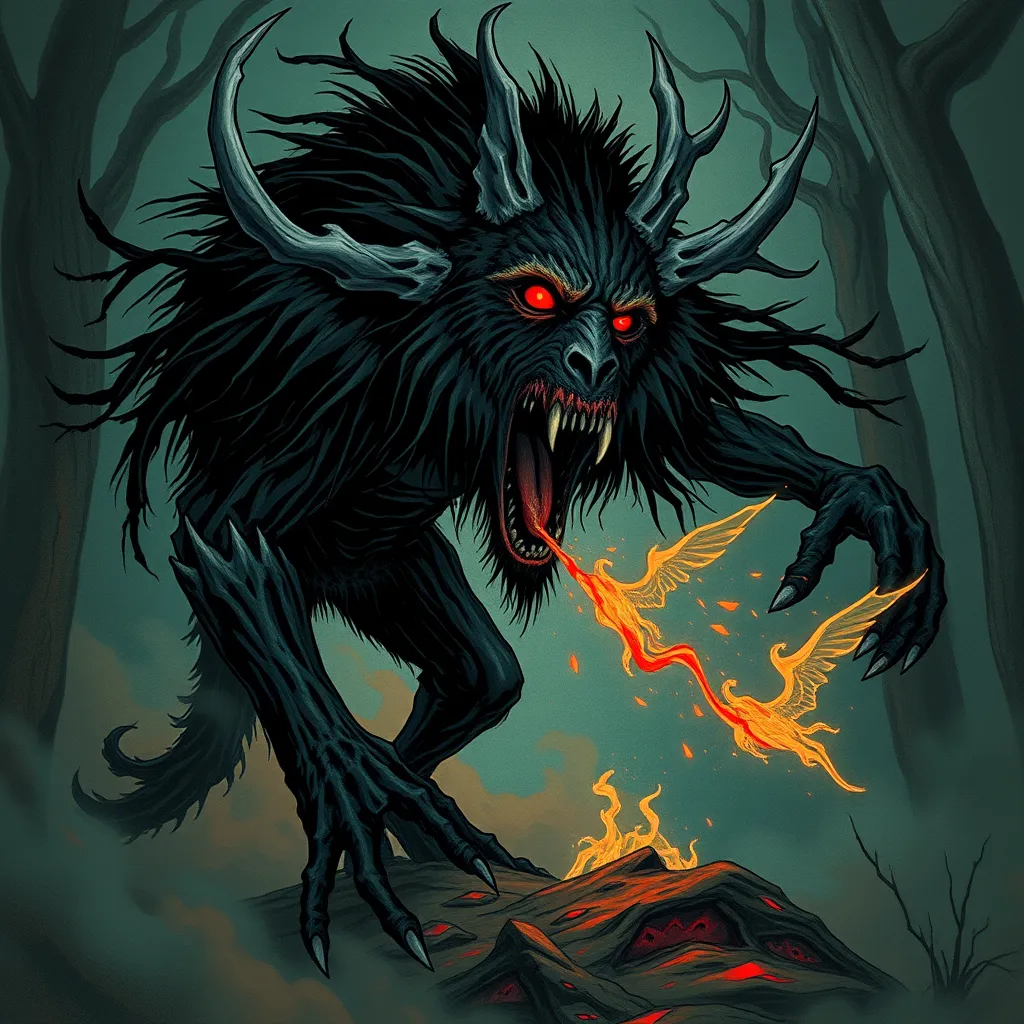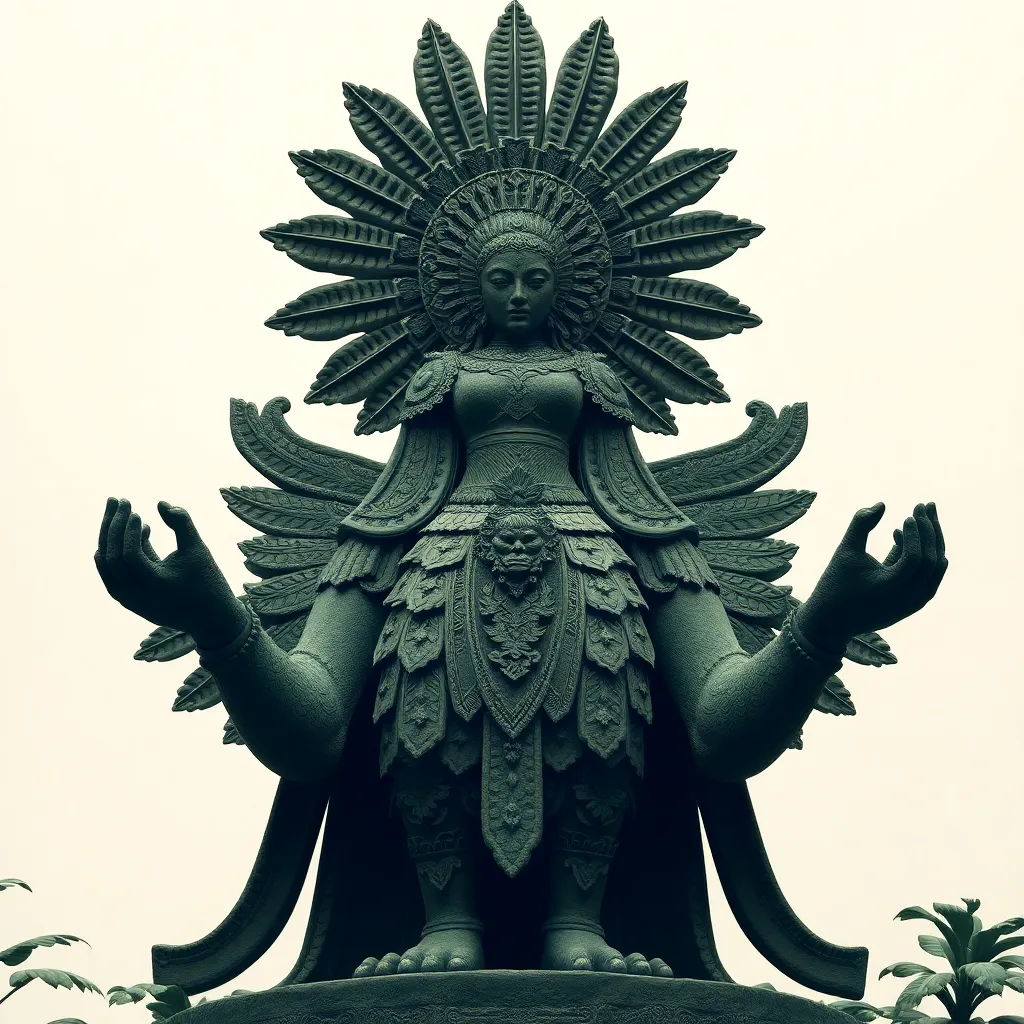The Haunting Symphony: Ghosts in Greek and Roman Folklore
I. Introduction
Ghosts have long been a captivating element of folklore, serving as both harbingers of fear and symbols of deeper truths about human existence. In the rich tapestry of ancient myths and tales, Greek and Roman traditions offer some of the most profound insights into humanity’s relationship with the supernatural. These stories not only reflect the cultural attitudes toward death and the afterlife but also reveal the values and beliefs of ancient societies. This article aims to explore the significance of ghosts in Greek and Roman folklore, examining their historical context, prominent figures, themes, and the influence they wield in modern culture.
II. Historical Context of Ghost Beliefs
To understand the role of ghosts in Greek and Roman folklore, it’s essential to consider the historical context surrounding beliefs about the afterlife.
A. Ancient Greek views on the afterlife
In ancient Greece, the afterlife was seen as a shadowy continuation of one’s earthly existence. The Greeks believed in a realm called Hades, where souls would reside after death. The concept of the soul was central, and it was thought that the soul could return to the living world under certain conditions, often to seek vengeance or convey messages.
B. Roman perspectives on death and the supernatural
The Romans, influenced by Greek thought, also had a complex view of death and the supernatural. They believed in a variety of spirits, including the Manes, who were the benevolent spirits of the deceased, and the Lemures, who were thought to be malevolent spirits. The Romans placed great importance on rituals to appease these spirits, reflecting their deep-seated beliefs about respect for the dead.
C. Cultural significance of ghosts in daily life
In both cultures, ghosts were not merely subjects of horror but were integral to daily life. They represented the unresolved issues of the past and served as reminders of moral and ethical conduct. The fear of ghosts often acted as a deterrent against wrongdoing, reinforcing societal norms.
III. Prominent Ghostly Figures in Greek Folklore
Greek mythology is replete with ghostly figures that embody various themes and lessons.
A. The restless spirits of the Underworld
The Underworld was populated by restless spirits, often depicted as wandering souls who had not found peace. These spirits could return to the living world, seeking closure or vengeance.
B. Notable ghosts in Greek mythology (e.g., Agamemnon, Achilles)
- Agamemnon: The ghost of Agamemnon appears in various texts, notably in the “Orestia” by Aeschylus, where he returns to seek justice for his murder.
- Achilles: In the “Odyssey,” Achilles’ ghost is portrayed as a tragic figure who laments his fate, illustrating the hero’s struggle even in death.
C. The role of ghosts in Greek tragedies
Ghosts often serve as catalysts for action in Greek tragedies, driving the narrative forward and highlighting themes of fate, justice, and the consequences of human actions. Their appearances remind the living of their responsibilities to the dead.
IV. Notable Ghostly Figures in Roman Folklore
Roman folklore also presents a fascinating array of ghostly figures, each with their own stories and significance.
A. The concept of Manes and Lemures
The Romans distinguished between the Manes and Lemures. The Manes were the spirits of the deceased who were honored and remembered, while the Lemures were restless spirits who could bring misfortune if not properly appeased.
B. Famous Roman ghosts (e.g., the ghost of Julius Caesar)
- The ghost of Julius Caesar: Perhaps one of the most famous Roman ghosts, Caesar’s spirit appears in Shakespeare’s play, warning Brutus of impending doom, highlighting the political ramifications of his assassination.
C. Influence of Roman literature on ghost stories
Roman literature, particularly works by authors such as Pliny the Younger and Seneca, contributed significantly to the ghost narrative tradition. Their writings often explore themes of morality, justice, and the supernatural, shaping the ghost stories that would follow.
V. Ghostly Themes and Motifs
Several recurring themes and motifs can be identified in Greek and Roman ghost stories, enriching their narratives.
A. The concept of vengeance and justice
Many ghost stories revolve around themes of vengeance and justice, where spirits return to right the wrongs committed against them, often leading to tragic consequences for the living.
B. The portrayal of ghosts as omens
Ghosts frequently serve as ominous signs or warnings, foretelling future events or disasters. Their appearances compel the living to reflect on their actions and the potential repercussions.
C. The intersection of love and loss in ghost narratives
Love and loss are integral to ghost stories, as spirits often return to mourn their unfulfilled desires or to seek reconciliation with their loved ones. This emotional depth adds complexity to the narratives.
VI. Rituals and Practices Surrounding Ghosts
Both Greek and Roman cultures engaged in various rituals and practices to honor and appease the spirits of the dead.
A. Greek funerary practices and their significance
The Greeks performed elaborate funerary rites, believing that proper burial and mourning practices were essential for ensuring the peace of the deceased’s soul. These rites included offerings, sacrifices, and the laying of coins on the eyes of the dead to pay Charon, the ferryman of Hades.
B. Roman customs for appeasing spirits
Romans held festivals such as Parentalia, where families would honor their deceased ancestors, and Lemuria, where rituals were performed to ward off malevolent spirits. These customs reflected their beliefs in the necessity of maintaining good relations with the supernatural world.
C. Festivals and observances related to the dead
Both cultures celebrated various festivals dedicated to the dead, emphasizing the importance of honoring ancestors and the influence of spirits on the living.
VII. Influence on Modern Culture
The legacy of Greek and Roman ghost stories continues to resonate in modern culture, influencing literature, film, and popular media.
A. Legacy of Greek and Roman ghost stories in literature
Many contemporary authors draw inspiration from ancient ghost stories, weaving themes of vengeance, morality, and the supernatural into their narratives. The archetypes established in Greek and Roman folklore persist in modern storytelling.
B. Adaptations in contemporary media (films, books, etc.)
- Films like “Troy” and adaptations of Shakespeare’s works showcase the enduring allure of these ancient tales.
- Books exploring historical fiction often incorporate ghostly encounters to enrich the narrative.
C. The ongoing fascination with ghosts in popular culture
The fascination with ghosts remains strong, as evidenced by the popularity of ghost tours, paranormal investigations, and media depicting supernatural encounters. This enduring interest reflects humanity’s continuous engagement with the unknown.
VIII. Conclusion
In summary, Greek and Roman folklore presents a rich and intricate tapestry of ghost stories that explore themes of justice, love, and the supernatural. Through historical context, notable figures, and cultural practices, these stories reveal the deep-seated beliefs of ancient societies and their reflections on mortality and the afterlife. The enduring nature of these ghostly narratives invites readers to delve deeper into the folklore, discovering the lessons and moral complexities that continue to resonate today.



